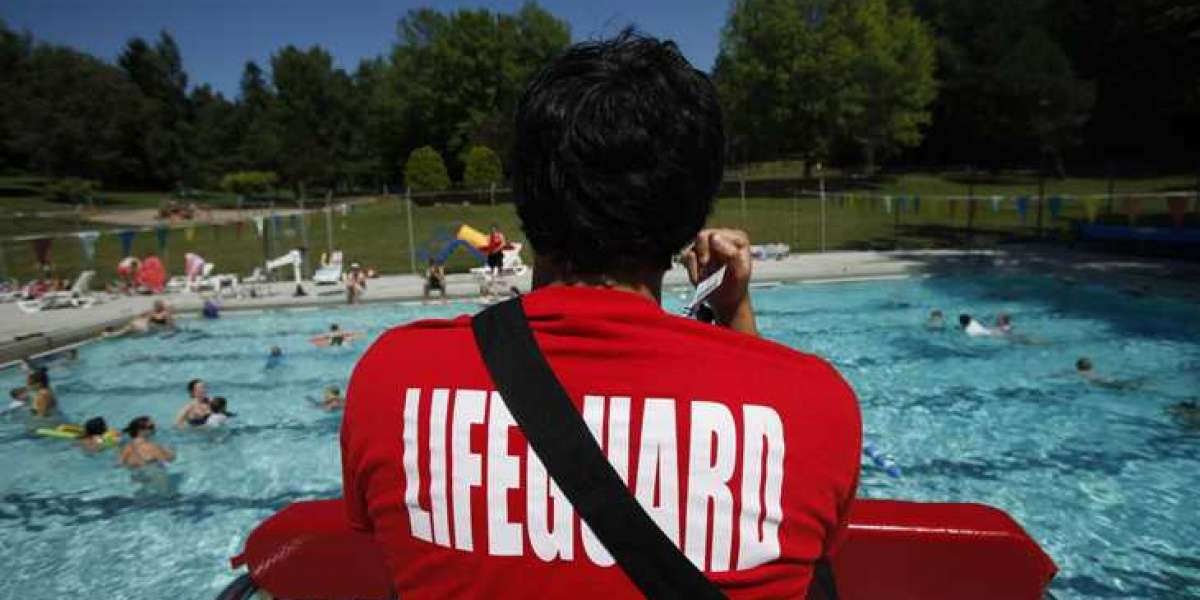In an era where water activities are a significant part of leisure and recreation, lifeguard training has never been more crucial. The American Lifeguard Association (ALA) provides comprehensive training programs designed to equip individuals with the skills necessary to protect lives in aquatic environments. This article delves into the importance of lifeguard training, what it encompasses, and how it prepares you for a vital role in water safety.
1. The Vital Role of Lifeguards in Water Safety
Lifeguards serve as the guardians of water safety, tasked with preventing drowning and responding to emergencies at pools, beaches, and water parks. With the rise in water-related activities, the need for well-trained lifeguards is paramount. The ALA emphasizes that lifeguard training empowers individuals to act decisively and confidently in emergencies, ultimately saving lives.
2. What Does Lifeguard Training Entail?
Lifeguard training is a comprehensive program that combines classroom instruction with hands-on practical skills. Participants learn about water safety, rescue techniques, CPR, first aid, and emergency response strategies. The ALA’s structured curriculum ensures that trainees acquire both the theoretical knowledge and practical skills essential for effective lifeguarding.
3. Mastering Rescue Techniques
A core component of lifeguard training is mastering various rescue techniques. Trainees learn how to perform both shallow-water and deep-water rescues, utilizing rescue equipment effectively. The ALA emphasizes practical training scenarios that build confidence and competence, allowing lifeguards to respond effectively in real-life situations.
4. CPR and First Aid Skills
In addition to rescue techniques, lifeguard training includes essential CPR and first aid certification. Participants learn life-saving procedures, such as performing chest compressions and using an AED (Automated External Defibrillator). These skills are critical for addressing medical emergencies that can arise in aquatic environments.
5. Developing Vigilant Surveillance Skills
Effective lifeguarding requires constant vigilance. The ALA teaches trainees the importance of maintaining a watchful eye over swimmers, helping them recognize potential hazards and take proactive measures. This training fosters a culture of safety, ensuring that lifeguards are always prepared to act swiftly when needed.
6. Creating Emergency Action Plans
Lifeguards must be ready for various emergency scenarios. The ALA’s training includes developing and implementing emergency action plans, which outline the steps to take during different types of emergencies. This preparation is crucial for ensuring that lifeguards can respond quickly and efficiently in critical situations.
7. Enhancing Communication and Teamwork
Successful lifeguarding often involves teamwork and effective communication. The ALA emphasizes the importance of collaboration among lifeguards during rescues. Participants practice coordinating their efforts and ensuring that all team members are informed and ready to act, enhancing overall emergency response effectiveness.
8. Building Confidence Through Practical Training
Lifeguard training not only enhances technical skills but also builds personal confidence. Trainees gain experience in simulated rescue scenarios, allowing them to develop the composure needed to make quick decisions in high-pressure situations. This confidence is essential for effective performance when it matters most.
9. Career Opportunities Await
Completing lifeguard training with the ALA opens doors to numerous career opportunities in the aquatics field. Certified lifeguards can work at pools, beaches, summer camps, and water parks, contributing positively to their communities. A career in lifeguarding is not only fulfilling but also provides avenues for professional growth.
10. Commitment to Lifelong Learning
Lifeguarding is an evolving profession that requires continuous education and skill enhancement. The ALA encourages certified lifeguards to engage in refresher courses and additional training to stay updated on the latest techniques and best practices. This commitment to lifelong learning ensures that lifeguards remain effective and knowledgeable throughout their careers.
Conclusion: Take the First Step Toward a Rewarding Career
Enrolling in lifeguard training with the American Lifeguard Association is your first step toward a meaningful and impactful career in water safety. With a comprehensive training program, essential skills, and nationally recognized certification, you will be well-prepared to protect lives and promote safety in aquatic environments. Dive into your future—your journey as a lifeguard begins now!







